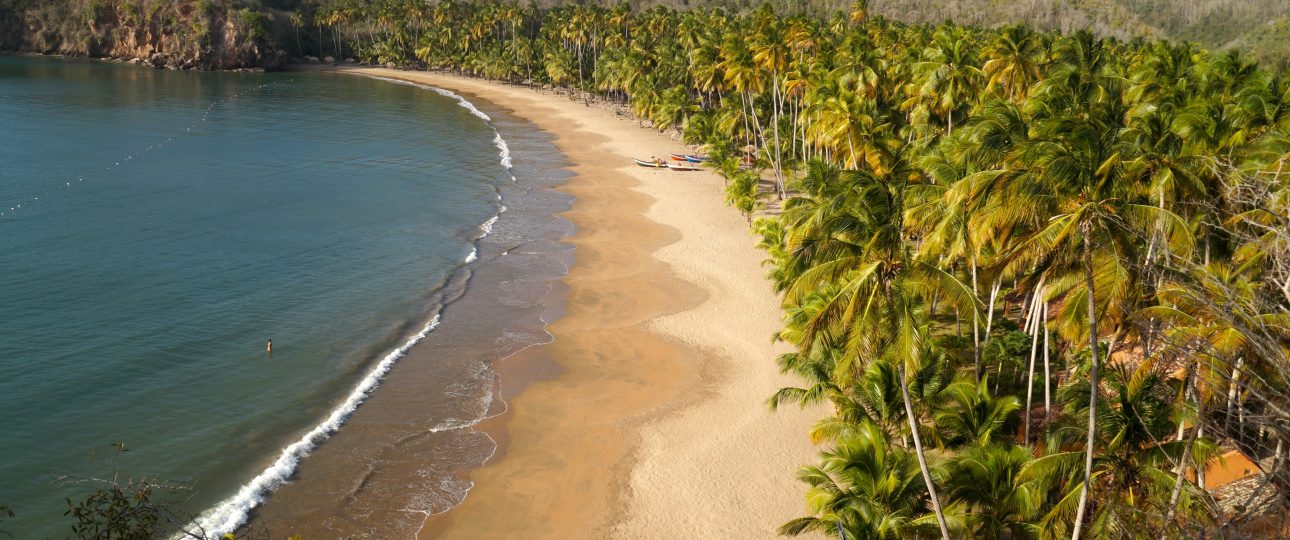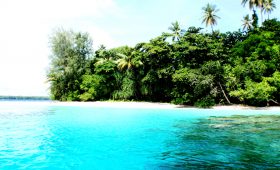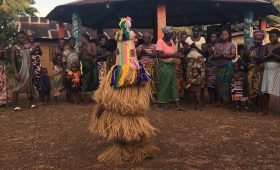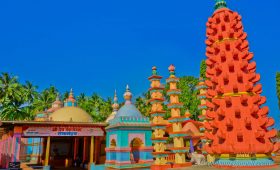Península de Paria National Park: A Unique Venezuelan Experience
Discovering the Park’s Distinctive Features
Península de Paria National Park, established on December 12, 1978, is a remarkable destination located on the Paria Peninsula in eastern Sucre State, Venezuela. Nestled between the Gulf of Paria and the Caribbean Sea, this park is a sanctuary for diverse ecosystems and offers a range of outdoor activities. Here’s what makes it stand out:
- Mangrove Ecosystems: The park is home to dense mangrove forests that support a variety of plant and animal life. These ecosystems are crucial for maintaining biodiversity and offer a unique environment to explore.
- Pristine Beaches: The coastline features secluded beaches with clear waters and soft sands. Ideal for swimming and sunbathing, these beaches provide a serene escape from the hustle and bustle.
- Waterfalls and Rivers: The park’s lush forests hide stunning waterfalls and several rivers, including the Macuro, Yacua, and Río Grande, which flow into the Gulf of Paria. These natural water features offer picturesque spots for relaxation and photography.
- Rich Wildlife: The park is a haven for wildlife enthusiasts. From vibrant bird species to marine life, the park offers ample opportunities for wildlife observation and photography.
- Challenging Hiking Trails: With peaks like Cerro El Patao (1,070 meters) and Cerro Humo (1,371 meters), the park offers trails for hikers of all levels. These trails provide breathtaking views and a chance to immerse yourself in nature.
Optimal Visiting Times
The ideal time to visit Península de Paria National Park is during the dry season, from December to April. This period offers pleasant weather and minimal rainfall, making it perfect for outdoor activities. However, be prepared for potential crowds during peak tourist months.
Reaching the Park
Accessing Península de Paria National Park requires some planning. Here are your options:
- By Air: Fly into Simón Bolívar International Airport in Caracas. From there, take a domestic flight to Cumaná, the nearest city to the park. Arrange local transportation from Cumaná to the park entrance.
- By Road: Consider a scenic road trip from Caracas to Cumaná. This route offers stunning views of the Venezuelan countryside and allows for exploration of other attractions along the way.
Exploring the Park
Once inside the park, you have several transportation options:
- Boat Tours: Navigate the park’s waterways with a boat tour. These tours provide access to remote beaches and mangroves, offering a chance to see marine life up close.
- Hiking and Walking Trails: The park features a network of trails suitable for all skill levels. Ensure you have adequate water and appropriate footwear for a comfortable hike.
- Guided Tours: Local operators offer guided tours that provide insights into the park’s history, flora, and fauna. These tours enhance your understanding and appreciation of the park’s natural beauty.




